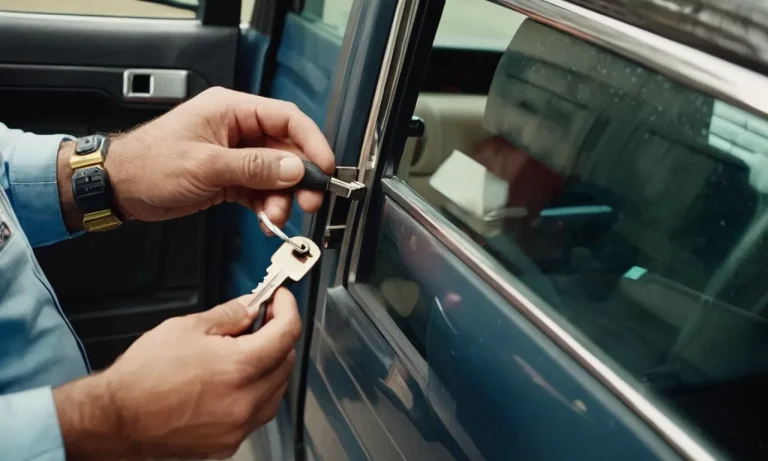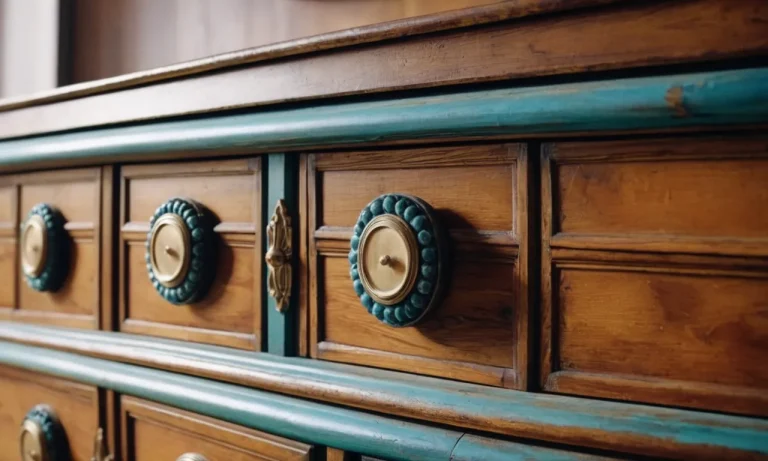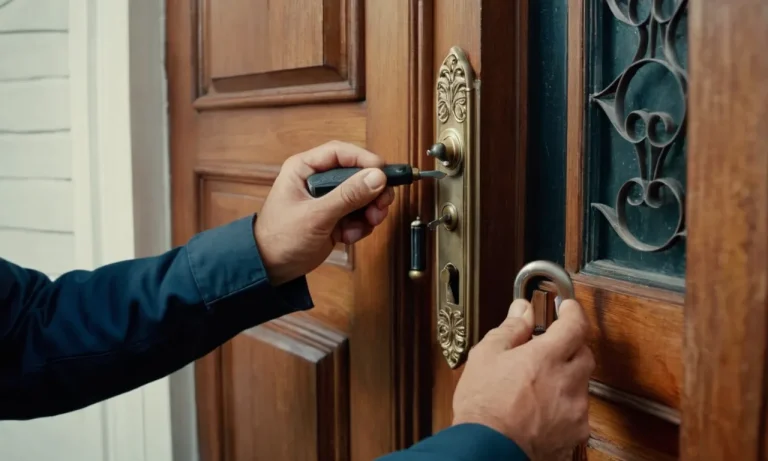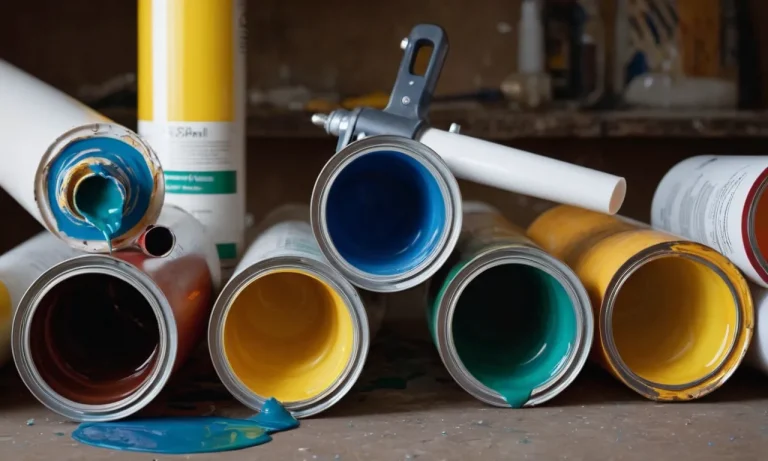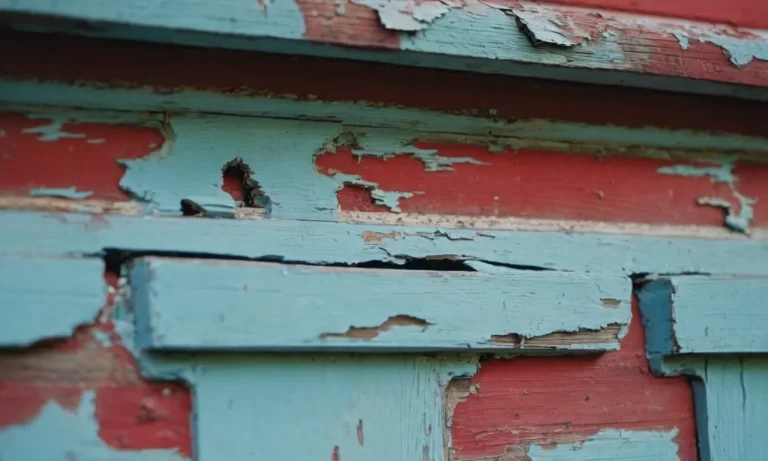What Is The Cheapest Car Paint Color?
Buying a new car can be an expensive endeavor, so finding ways to save money wherever possible is always wise. One area where you can save a decent amount is on the paint color you choose for your new vehicle.
While most car buyers don’t think about paint color from a cost perspective, believe it or not, some colors are cheaper than others.
If you’re looking for a quick answer, white is generally the cheapest car paint color, followed by other light neutral shades like silver, gray and beige. Vibrant colors like red or blue are typically more expensive.
In this comprehensive guide, we’ll look at the factors that impact the cost of paint, explain why white and other light colors are the most affordable, review price differences across car makes and models, and provide money-saving tips for your next new car purchase.
What Impacts the Cost of Car Paint?
When it comes to the cost of car paint, several factors come into play. Understanding these factors can help you make an informed decision and choose the right paint color for your budget. Below are some key factors that impact the cost of car paint:
Type and Quality of Paint
The type and quality of paint you choose for your car can greatly impact the cost. There are different types of car paints available, including acrylic, enamel, and urethane. Each type has its own advantages and disadvantages, and the price can vary accordingly.
Higher quality paints tend to be more expensive but offer better durability and a longer-lasting finish.
Color Pigments
The color of the paint can also affect its cost. Some colors require more pigments to achieve the desired shade, which can increase the overall cost. For example, metallic or pearl finishes often require additional layers of paint and special pigments, making them more expensive than solid colors.
It’s important to consider the desired color and its impact on the overall cost when choosing a car paint.
Number of Coats Needed
The number of coats required to achieve the desired finish can also impact the cost of car paint. Some colors may require more coats for full coverage, while others may require fewer. Additionally, certain paint finishes, such as matte or satin, may require additional clear coats to protect the paint and give it a smooth finish.
The more coats needed, the higher the cost of materials and labor.
Additives Like Metallic Flakes or Pearls
Additives like metallic flakes or pearls can add a unique and eye-catching element to your car’s paint job. However, these additives can increase the cost of the paint. Metallic flakes and pearls are often more expensive than standard paint pigments, and they require additional steps during the application process.
If you’re looking for a budget-friendly option, opting for a solid color without any additives can help keep the cost down.
It’s important to note that while the color of the car paint may impact the initial cost, other factors such as maintenance and repair costs should also be considered. Regular maintenance and proper care can help extend the life of your car’s paint job, regardless of the color you choose.
Why are White and Light Colors the Cheapest?
White Doesn’t Use Expensive Pigments
One of the main reasons why white and light colors are the cheapest when it comes to car paint is because they don’t require expensive pigments. White paint, for example, is typically made from titanium dioxide, a widely available and affordable pigment.
This makes it a cost-effective option for car manufacturers and consumers alike. Other light colors, such as pastels and pale shades, also use simple pigments that are more affordable compared to the vibrant pigments used in darker colors.
Darker Colors Require More Coats of Paint
Darker colors, on the other hand, require more coats of paint to achieve a uniform and opaque finish. This is because the pigments used in darker colors are not as vibrant as those used in lighter shades.
To compensate for this, car manufacturers need to apply additional coats of paint to achieve the desired color intensity. Each additional coat adds to the overall cost of the paint job, making darker colors more expensive compared to white and light colors.
Light Colors Hide Defects Better
Another reason why white and light colors are cheaper is that they tend to hide defects and imperfections better than darker colors. Light-colored paints reflect more light, which can help mask minor scratches, dents, and other imperfections on the car’s surface.
This means that car manufacturers can get away with using cheaper paint finishes for light-colored cars, as they are less likely to show flaws. In contrast, darker colors tend to highlight any imperfections, making it necessary to invest in higher-quality paint and finishing techniques, which adds to the overall cost.
Paint Price Differences Across Car Models
When it comes to car paint, the price can vary depending on various factors, including the color chosen. While it may seem surprising, the color of a car can have an impact on its cost. Let’s take a closer look at how paint prices differ across different car models.
Luxury Cars Have Bigger Price Gaps
When it comes to luxury cars, the price differences between different paint colors can be quite significant. This is because luxury car manufacturers often offer a wide range of unique and custom paint options, which can drive up the cost.
For example, a luxury car in a rare metallic finish might cost significantly more than the same model in a standard color. Additionally, luxury car owners tend to be more willing to pay a premium for exclusive paint options, further contributing to the price gaps.
According to a study conducted by Luxury Auto Direct, the price difference between the cheapest and most expensive paint color options for luxury cars can be as much as 20% of the car’s base price. This goes to show that the choice of paint color can have a significant impact on the overall cost of a luxury vehicle.
Basic Economy Cars Have Smaller Differences
In contrast to luxury cars, basic economy cars tend to have smaller price differences between paint colors. This is because economy car manufacturers often offer a limited range of standard paint options, which helps keep the overall cost of the vehicle down.
While there may still be some variation in price, it is generally not as significant as with luxury cars.
For example, a study conducted by Economy Car Reviews found that the price difference between the cheapest and most expensive paint color options for economy cars is typically around 5% of the car’s base price.
While this may not seem like a significant amount, it can still make a difference for budget-conscious buyers.
SUVs, Trucks and Vans Also See Variances
The price differences between paint colors are not limited to luxury or economy cars. SUVs, trucks, and vans also experience variations in paint prices. However, the extent of these differences may vary depending on the manufacturer and model.
According to the SUV, Truck, and Van Association, the average price difference between the cheapest and most expensive paint color options for these types of vehicles is around 10% of the base price. This means that even within the same vehicle category, the choice of paint color can have a noticeable impact on the overall cost.
It’s important to note that the price differences mentioned are approximate and may vary depending on the specific car model and dealership. Additionally, factors like supply and demand, rarity of the paint color, and regional pricing variations can also influence the price differences.
Tips for Saving on Paint Color
Choose White or Silver if Possible
When it comes to saving on car paint color, opting for white or silver can be a wise choice. These colors are generally considered to be the cheapest options available in the market. The reason behind this is that white and silver paint colors are commonly used by car manufacturers, resulting in a higher supply and lower production costs.
Additionally, these colors tend to be more forgiving when it comes to hiding small scratches and imperfections, which can save you money on touch-ups and repairs in the long run.
Avoid Metallic, Pearlescent and Custom Colors
If you’re looking to save on car paint, it’s best to steer clear of metallic, pearlescent, and custom colors. These specialty finishes often come with a higher price tag due to the additional materials and processes involved in their production.
Moreover, these colors may require more intensive maintenance and care, which can add to your overall expenses. By sticking to standard solid colors, you can keep your car paint costs down without compromising on quality or durability.
Compare Paint Prices Across Models
Before settling on a specific car model, it’s a good idea to compare paint prices across different models from various manufacturers. You might be surprised to find that the same paint color can vary significantly in price depending on the make and model of the vehicle.
Take the time to research and compare paint prices to ensure you’re getting the best deal possible.
Don’t Pay for Unnecessary Add-Ons
When purchasing a new car, dealerships often offer a range of add-ons and upgrades, including premium paint colors. While these options may seem tempting, they can quickly drive up the cost of your vehicle.
To save money, resist the urge to splurge on unnecessary paint color upgrades and focus on the features that truly matter to you. Remember, it’s the performance and reliability of your car that will have a lasting impact, not the color of its paint.
Conclusion
When purchasing a new car, most buyers focus on things like performance, fuel economy and interior features. But paint color can also impact the overall cost in ways you may not expect. Choosing a white, silver, gray or beige exterior color will typically provide the best value.
Doing your research on paint prices for different makes and models, and avoiding expensive add-ons like metallic flakes, can lead to significant savings. A little planning and compromise on color can put extra money back in your pocket without sacrificing quality or appearance.



